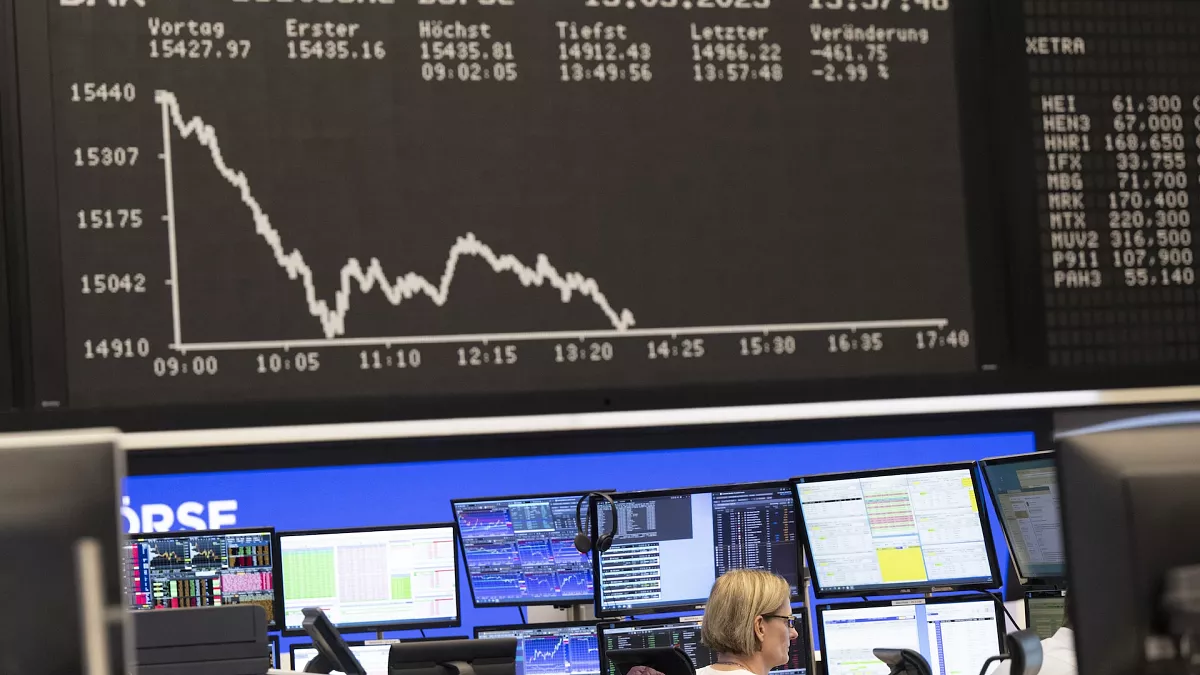Global assets in actively managed exchange-traded funds (ETFs) reached a record $1 trillion by the end of August, according to data from ETFGI. This growth has been driven by relaxed regulations, including the 2019 “ETF rule,” which made it easier for issuers to gain approval from the U.S. Securities and Exchange Commission (SEC).
While active ETFs account for only 7% of all global ETFs, they have consistently attracted 30% of inflows over recent years. These funds aim to outperform benchmark indexes like the S&P 500 and the Nasdaq 100. Since 2019, assets in the active ETF category have grown nearly tenfold, with 42% growth so far in 2024, according to ETFGI data.
The regulatory changes have also spurred innovation, leading to a variety of offerings. Some active ETFs follow traditional strategies, like the BlackRock Large Cap Value ETF, while others, like the AdvisorShares Vice ETF, invest in niche sectors such as alcohol, tobacco, and cannabis. However, volatility and performance vary widely. For instance, Ark Innovation ETF surged 152% in 2020 but dropped 23% the following year.
While the top 10 issuers dominate the market, holding 75% of assets, smaller ETFs have struggled to gain traction. Despite this, a survey by Brown Brothers Harriman found over 90% of investors plan to increase their allocation to active ETFs, suggesting further rapid growth in the future.

